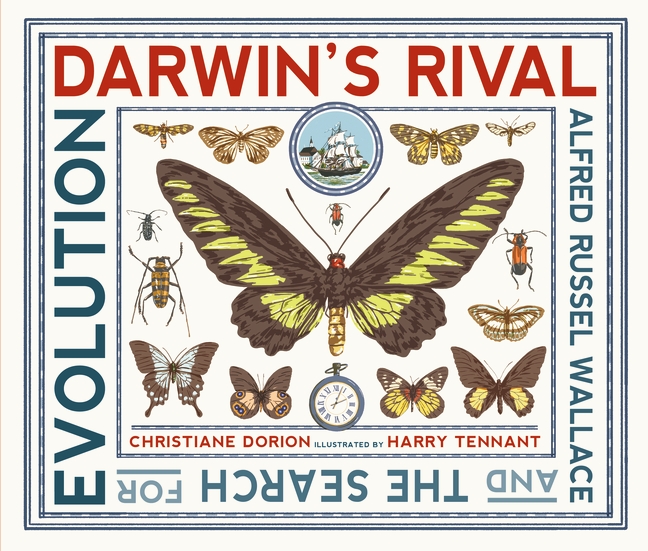2018 School Spending Survey Report
Darwin’s Rival: Alfred Russel Wallace and the Search for Evolution
Candlewick.
Mar. 2020.
64p.
Tr $24.99. ISBN 9781536209327.
COPY ISBN
VERDICT An important addition to library collections as an introduction to early scientific methods, cooperation between scientists, and an inspiration to would-be naturalists.
RELATED
ALREADY A SUBSCRIBER? LOG IN
We are currently offering this content for free. Sign up now to activate your personal profile, where you can save articles for future viewing





Be the first reader to comment.
Comment Policy:
Comment should not be empty !!!